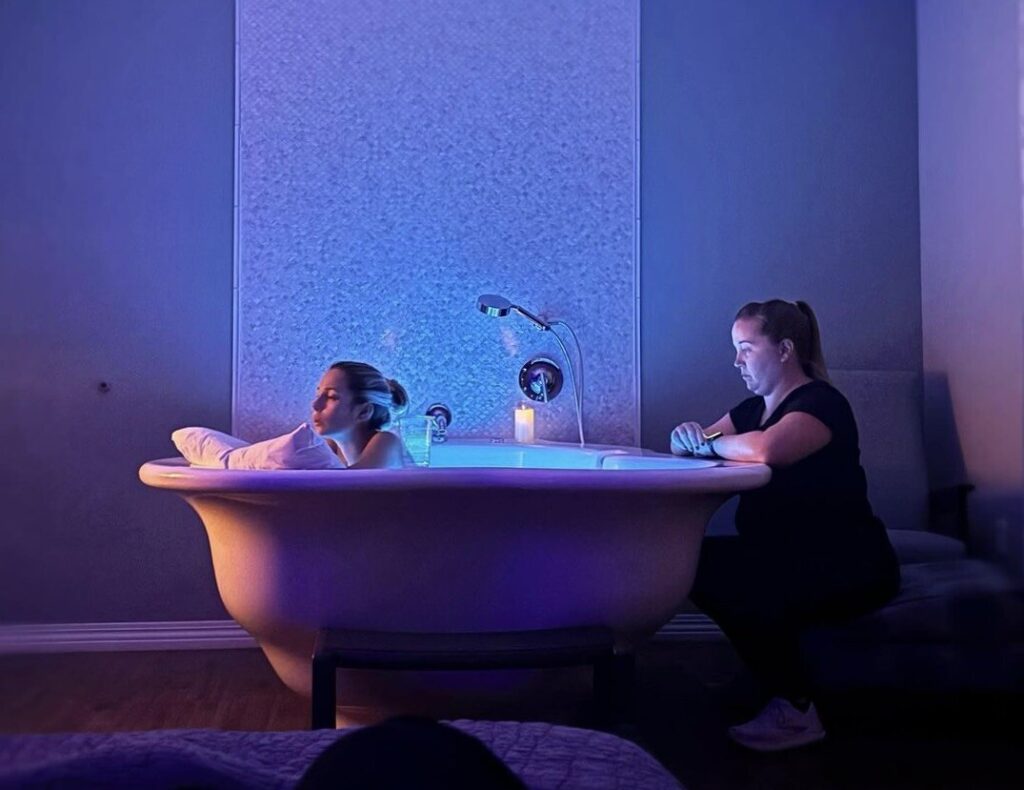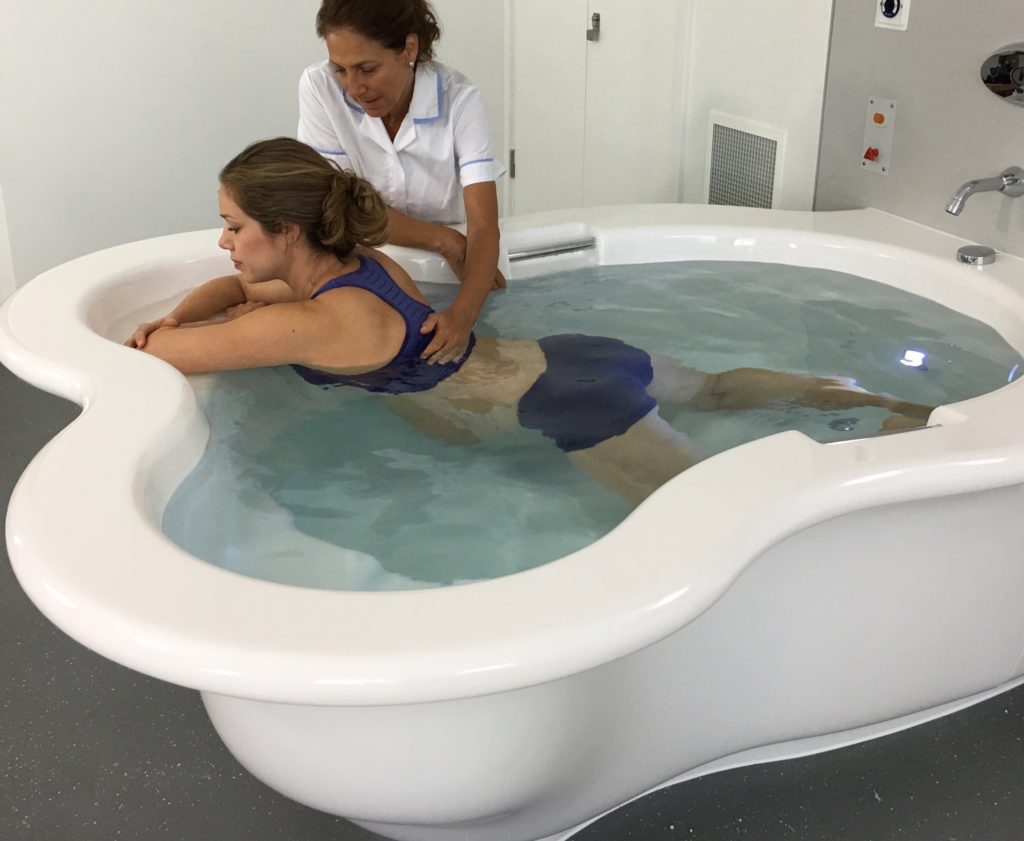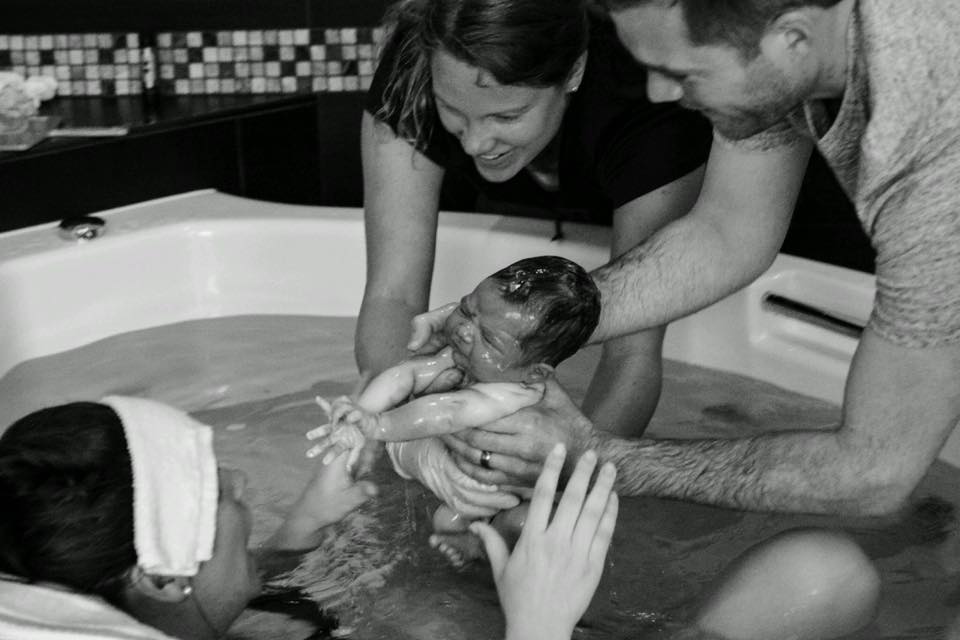Immersion in water for pain relief and the risk of intrapartum transfer among low risk nulliparous women: secondary analysis of the Birthplace national prospective cohort study
Mirjam Lukasse, Rachel Rowe, John Townend, Marian Knight and Jennifer Hollowell
Abstract
Background: Immersion in water during labour is an important non-pharmacological method to manage labour pain, particularly in midwifery-led care settings where pharmacological methods are limited.
This study investigates the association between immersion for pain relief and transfer before birth and other maternal outcomes.
Methods:
A prospective cohort study of 16,577 low risk nulliparous women planning birth at home, in a freestanding midwifery unit (FMU) or in an alongside midwifery unit (AMU) in England between April 2008 and April 2010.
Results:
Immersion in water for pain relief was common; 50% in planned home births, 54% in FMUs and 38% in AMUs.
Immersion in water was associated with a lower risk of transfer before birth for births planned at home (adjusted RR 0.88; 95% CI 0.79–0.99), in FMUs (adjusted RR 0.59; 95% CI 0.50–0.70) and in AMUs (adjusted RR 0.78; 95% CI 0.69–0.88).
For births planned in FMUs, immersion in water was associated with a lower risk of intrapartum caesarean section (RR 0.61; 95% CI 0.44–0.84) and a higher chance of a straightforward vaginal birth (RR 1.09; 95% CI 1.04–1.15).
These beneficial effects were not seen in births planned at home or AMUs.
Conclusions:
Immersion of water for pain relief was associated with a significant reduction in risk of transfer before birth for nulliparous women.
Overall, immersion in water was associated with fewer interventions during labour.
The effect varied across birth settings with least effect in planned home births and a larger effect observed for planned FMU births.
Full article is available to read via the link below and is highly recommended, with some very detailed analysis and insight into methods of study with statistical support.
Please click here to read the full publication










